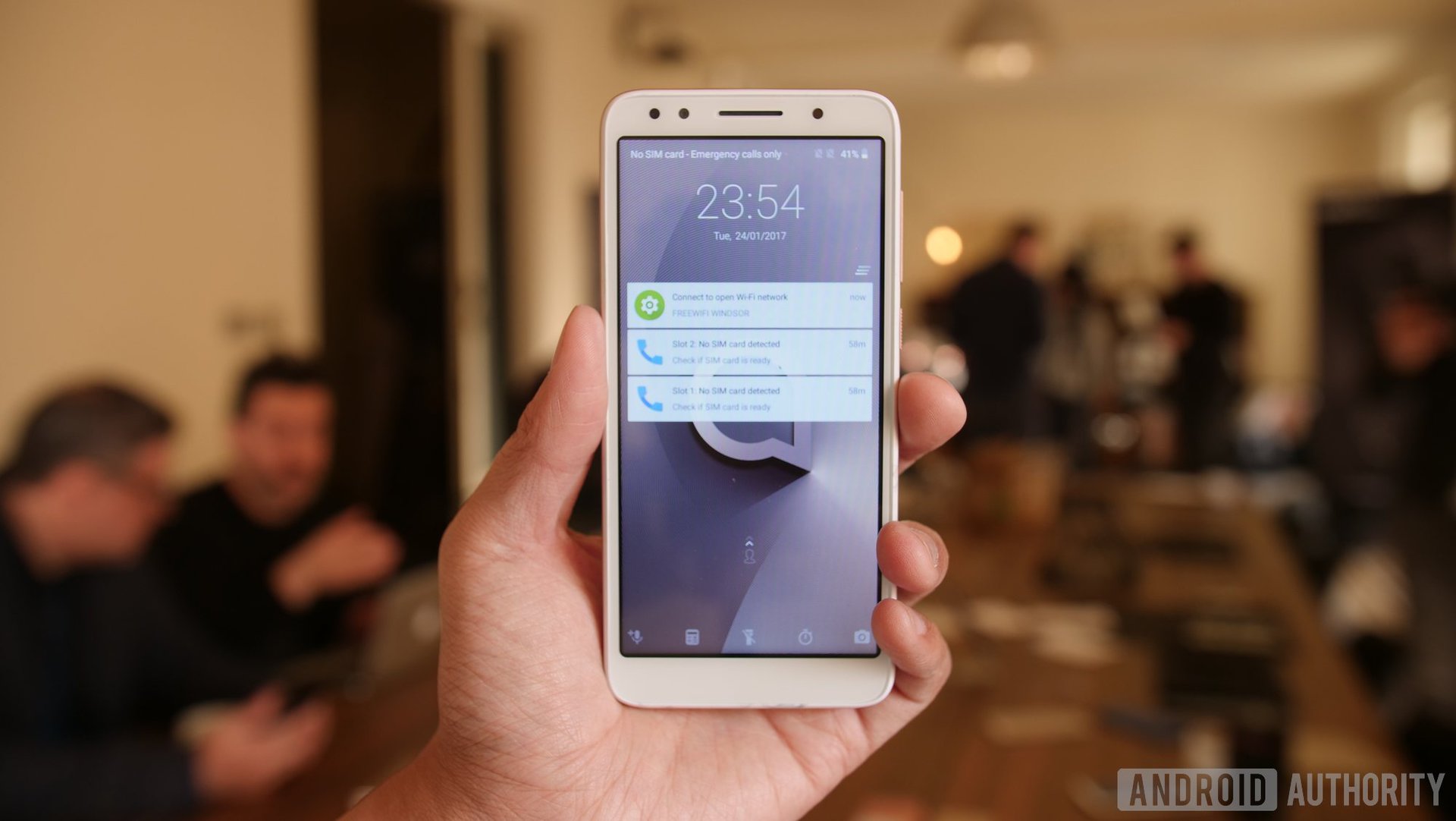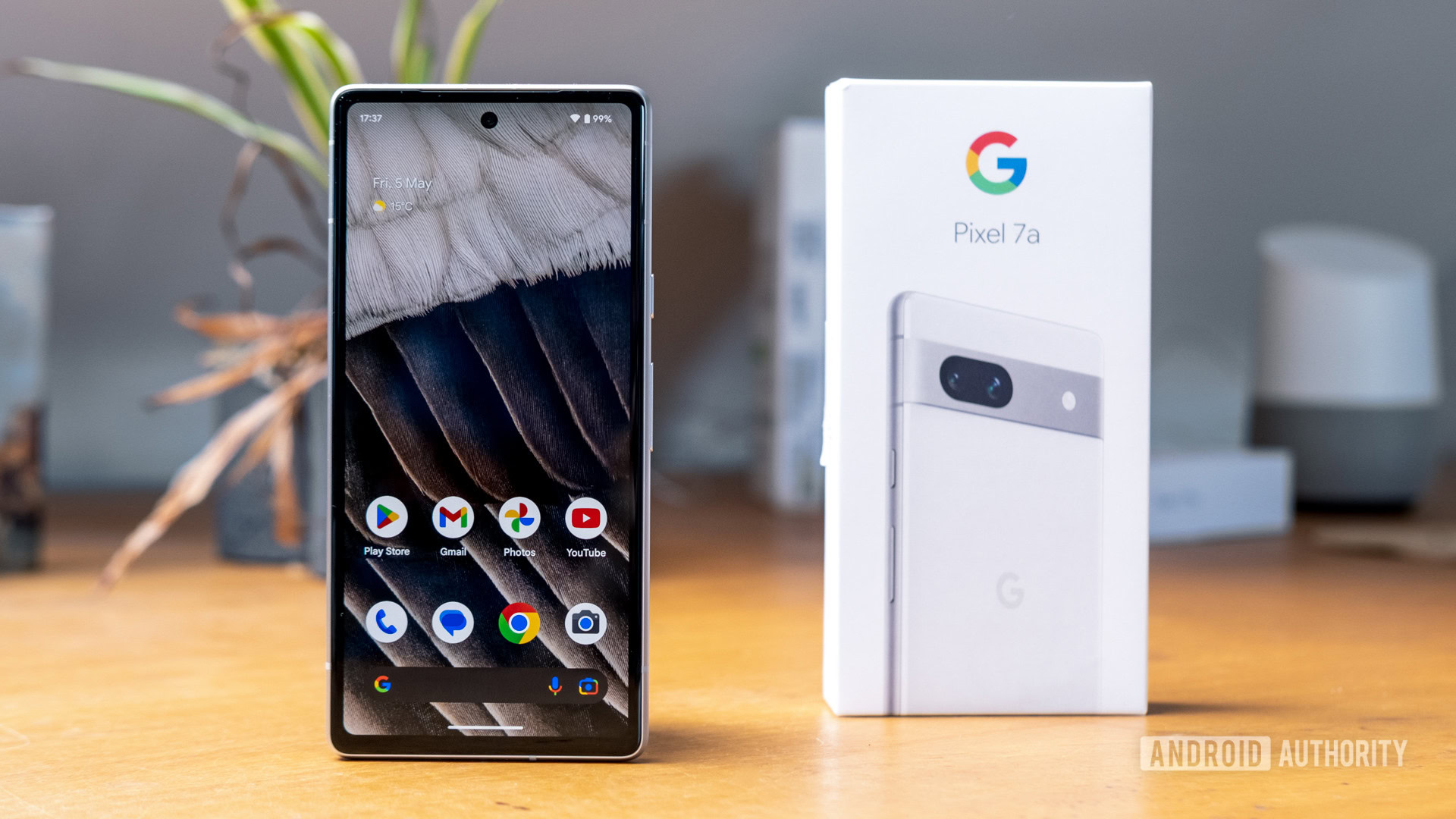Affiliate links on Android Authority may earn us a commission. Learn more.
Can Android Go change the budget market?
Google’s Android Go initiative to bring super affordable entry level smartphones with a high quality experience came out to a promising start at MWC 2018. There were several Android Go devices announced at the show ranging from large companies such as Alcatel, Nokia, and ZTE to lesser known brands like General Mobile, Micromax and Lava. Other companies like Huawei and Transsion did not have devices to show off but have made commitments to the Android Go program to release devices in the future.
The idea behind Android Go is to bring a fast and smooth performance to devices with 1 GB of RAM or less and low powered processors all while keeping the devices secure and up to date with the latest version of Android and Google Play Protect. If you’re spec hungry or care a lot about your phone’s appearance, the Android Go program isn’t for you as specs and aesthetics take a backseat in favor of a cost-effective, practical solution for emerging markets.
The big question here is can Android Go successfully change the budget market? There’s a ton of cheap Android phones on the market creating for a very saturated budget segment and most of these inexpensive smartphones aren’t very good. In order for Android Go to be a success, the devices need to be good and with the help of many OEMs and Google’s dedication to the Android Go platform, they’re certainly off to a promising start.

The difference between Android Go devices and other cheap Android smartphones is that Android Go’s software is not only guaranteed to be up to date, but is also highly optimized to ensure the best performance. The faster users catch on to that, the more appealing Android Go phones are going to be over other affordable options.

Sure, the apps on Android Go are more simplified versions to their standard Android counterparts but the core functionality remains intact and in most applications you aren’t losing out on much.
Even though Android Go phones will more or less have the same specifications, the fact that so many OEMs have jumped on board will still give you plenty of variety and some may have more attractive features than others. For example, the Alcatel 1X comes with a large 5.3 inch display and an 18:9 aspect ratio, a very current smartphone trend that’s popular among flagship phones. The huge variety offered by Android Go should be another reason to entice users to buy into the program.
Android Go isn’t all about creating good budget smartphones for the budget conscious. It’s also about lowering the barrier of entry for first time smartphone buyers. Google anticipates its next billion users to come from markets such as India and with phones priced at less than $100, Google looks to be well on their way to capturing those users.
After seeing the first batch of Android Go devices, we’re quite optimistic about the project. But – there’s always a “but” – Android Go is by no means a guaranteed success. After all, Google has tried and failed to improve sub-$100 phones with the original incarnation of Android One. That failed because manufacturers did not have enough freedom to pick the features they want for their target customers. Google seems to have learned a valuable lesson from that: Android Go devices are much more diverse. Other obstacles remain though. A big one is distribution — can Android Go devices reach the hundreds of thousands of small retailers that sell most sub-$100 phones out there? Another potential pitfall is long-term commitment — OEMs promise they will keep their Android Go devices patched, but will that really be the case a year from now?
Finally, will customers even embrace Android Go? Will Google and its partners be able to convince people that security patches and an optimized experience is important for them? It all depends on the resources they are willing to invest in the project, including much-needed marketing dollars.
How does Android Go fit into Google’s grand hardware strategy? We touch on that, as well as Android One phones and the Pixel line, in our in-depth post here. Would you buy an Android Go phone? Let us know in the comments.